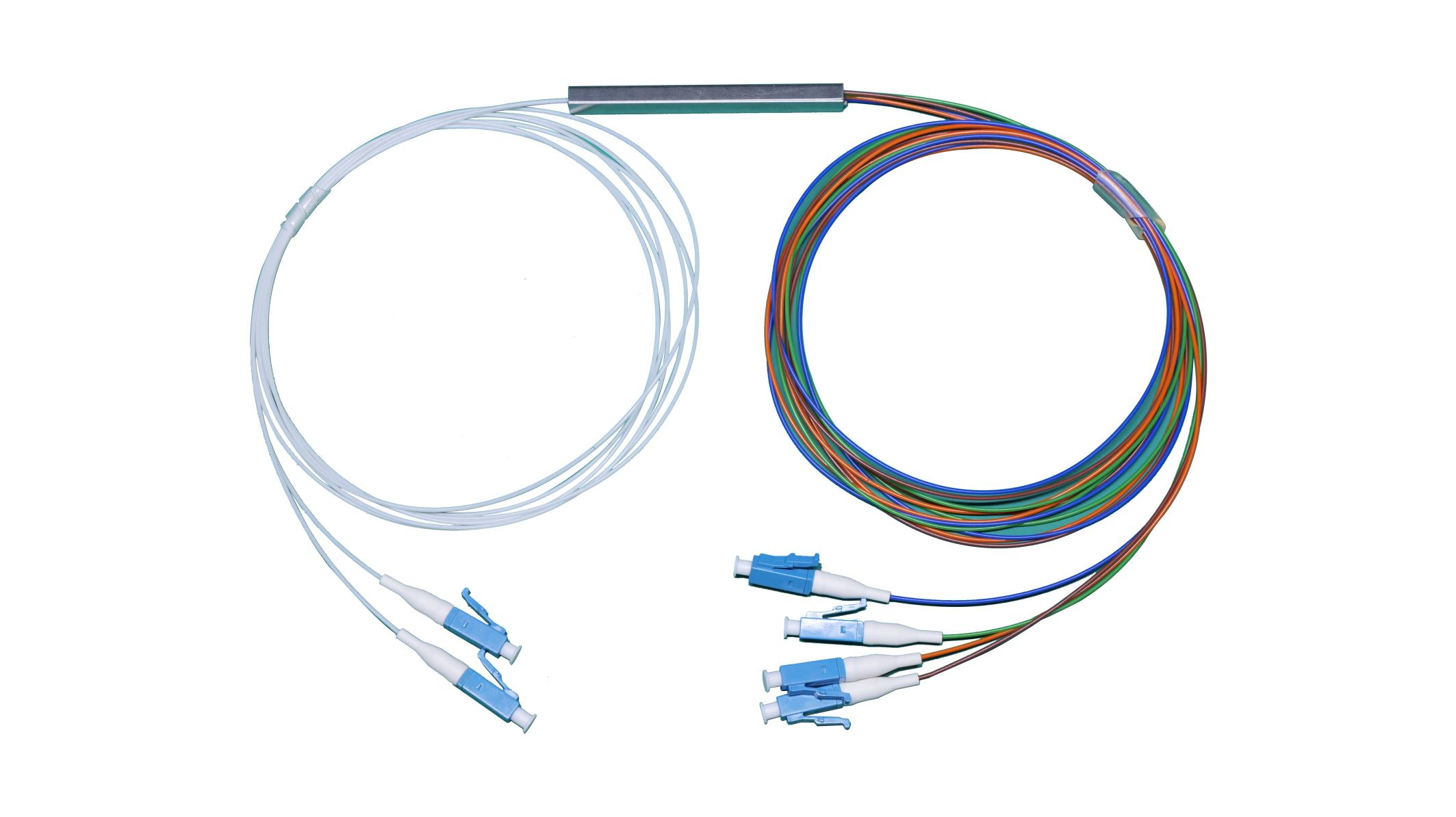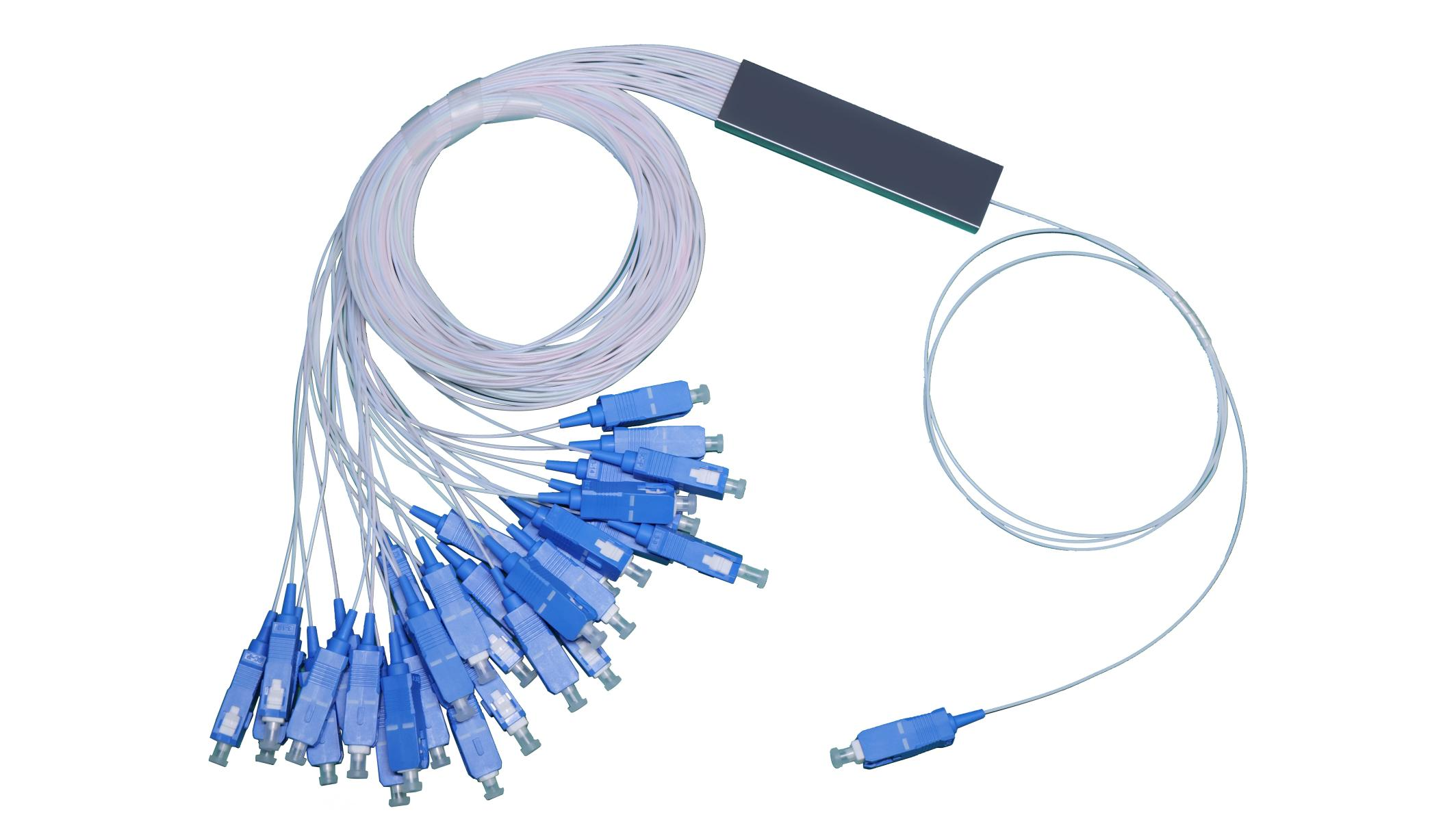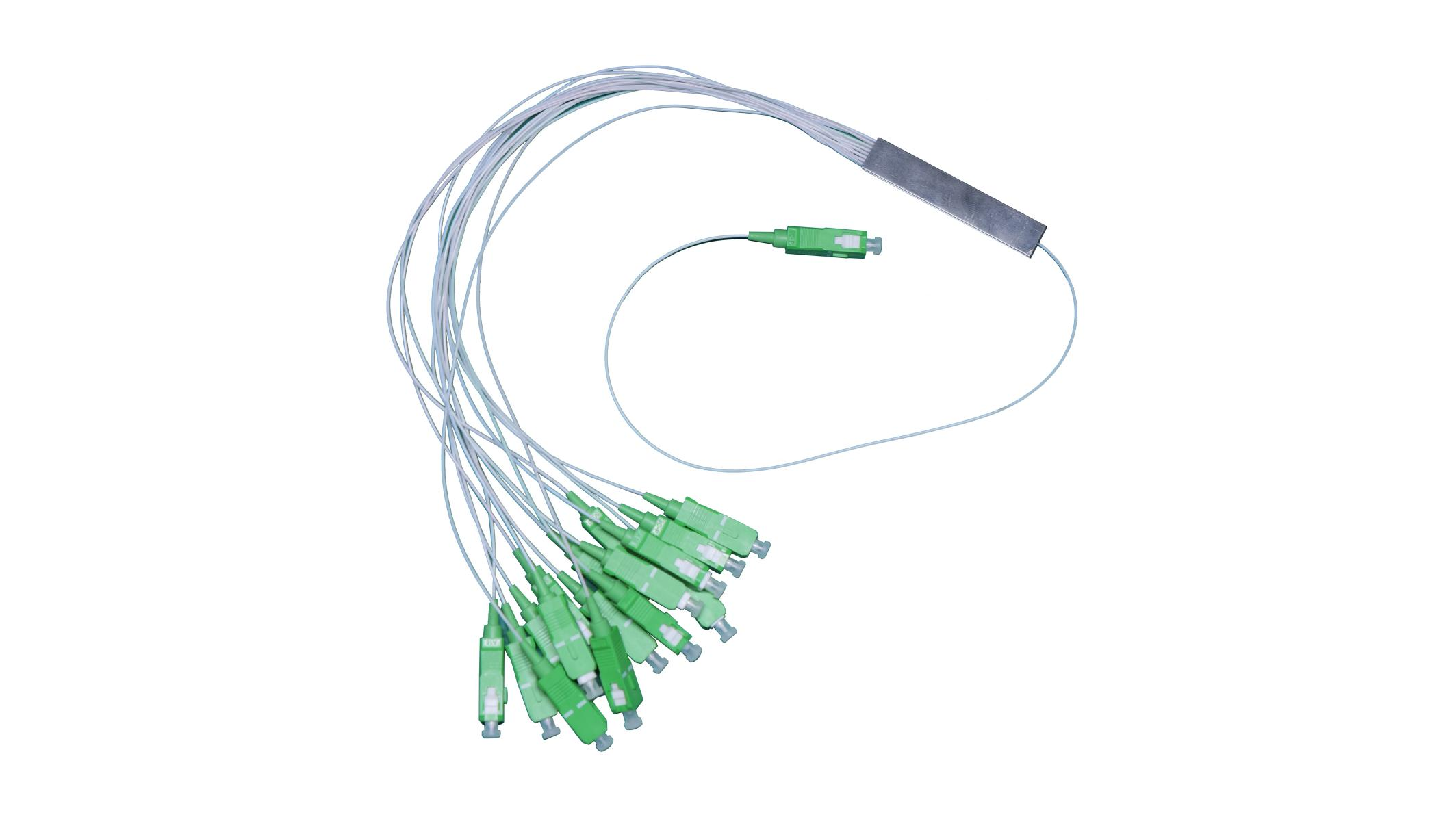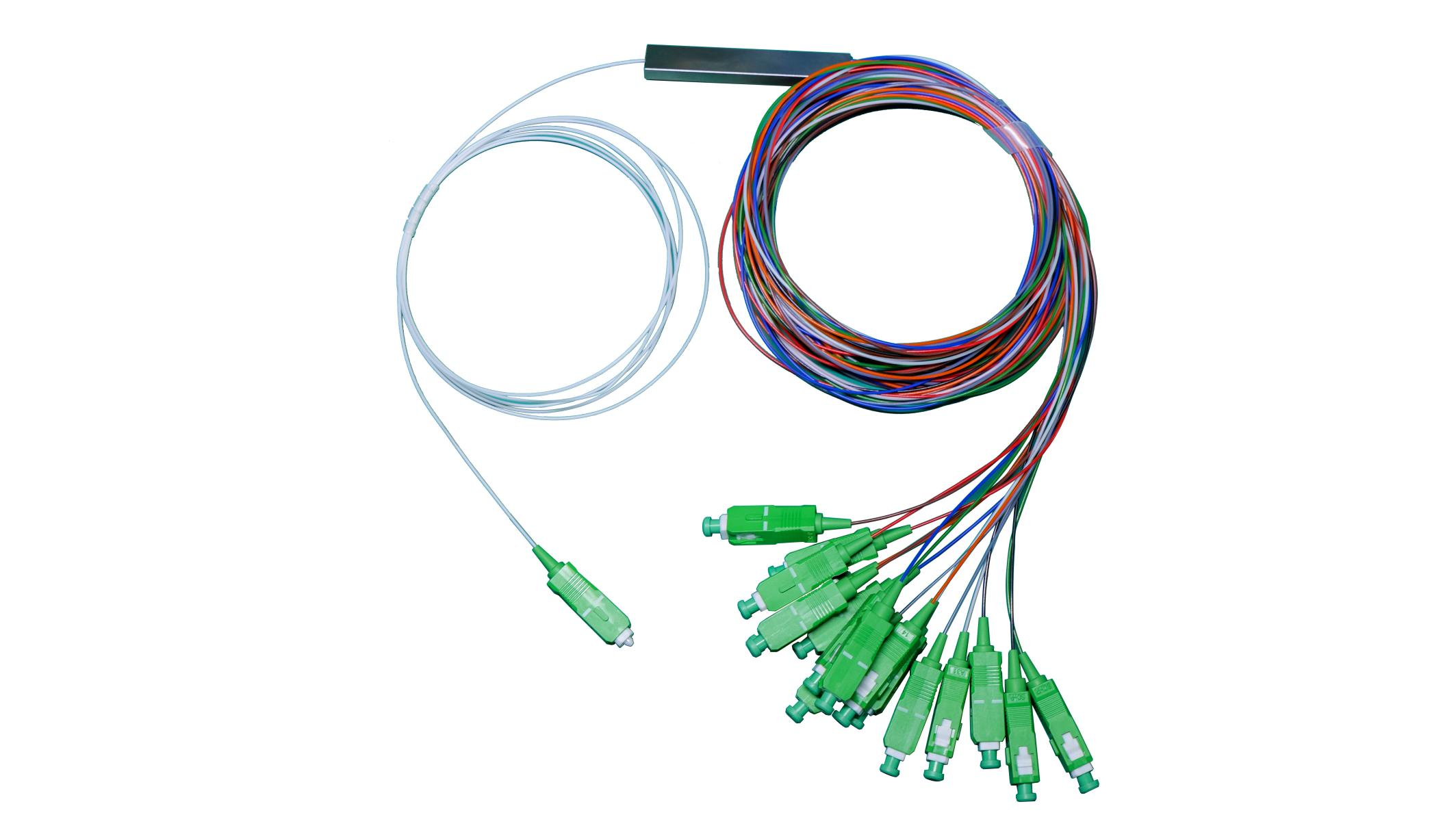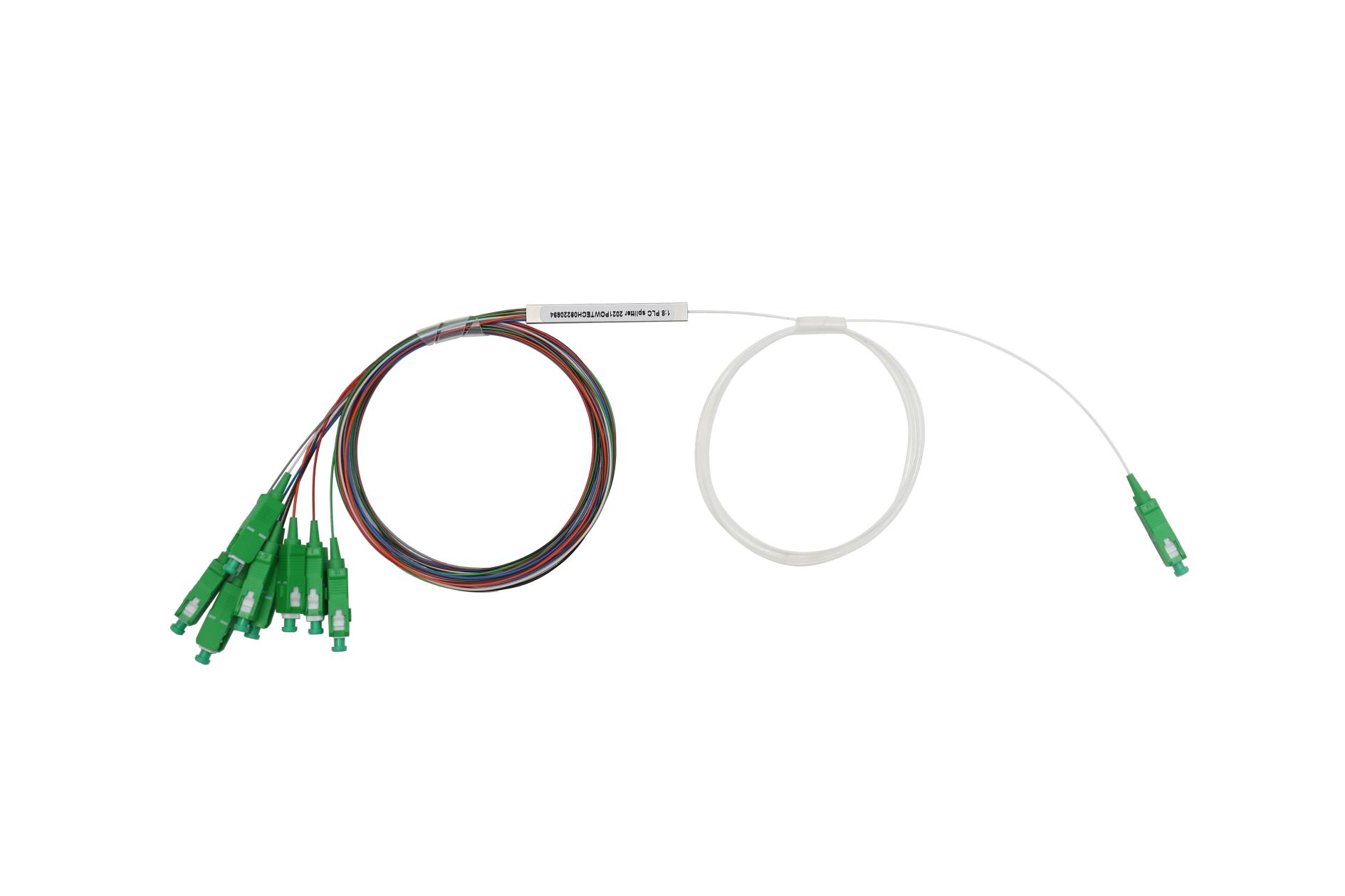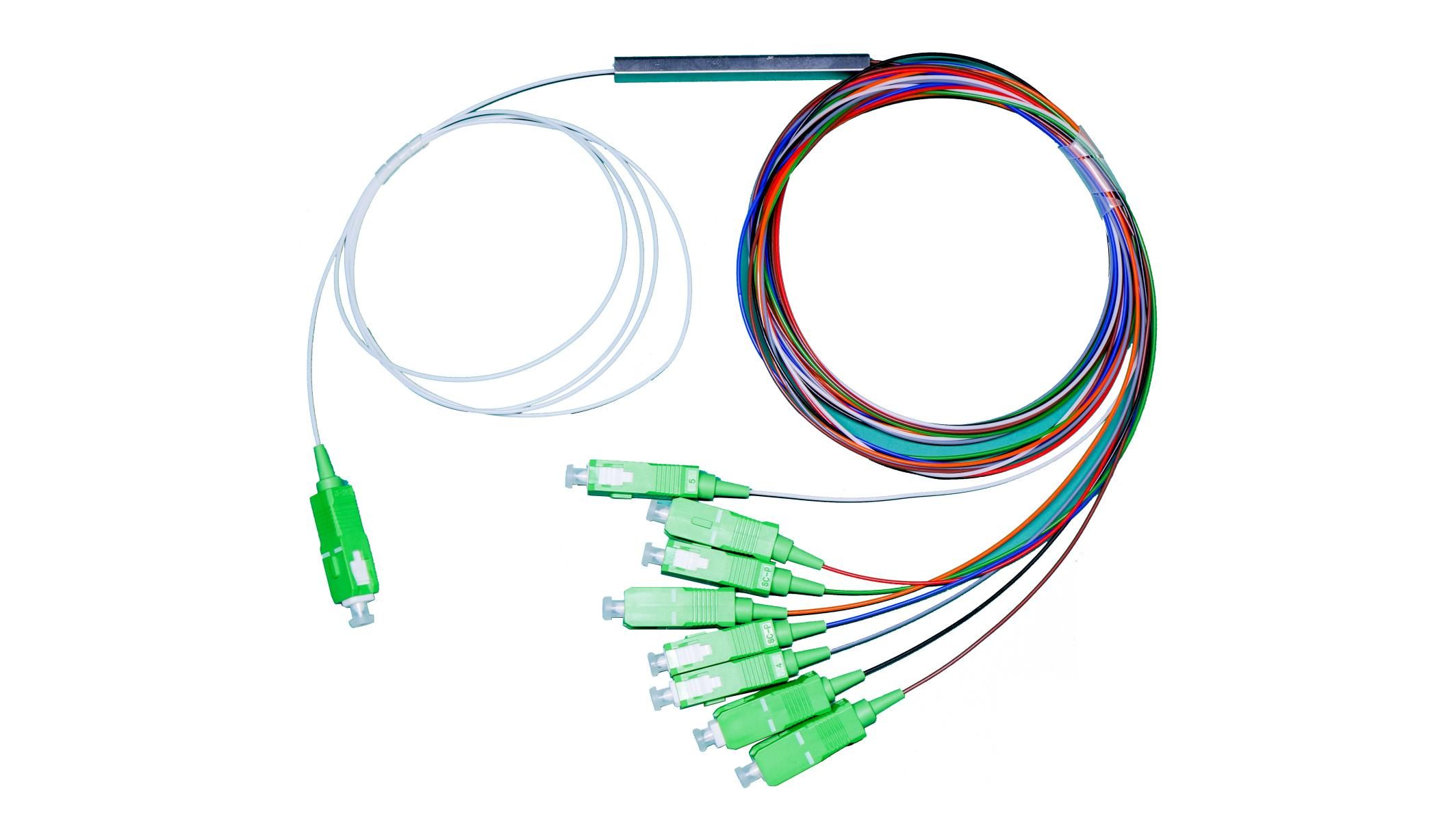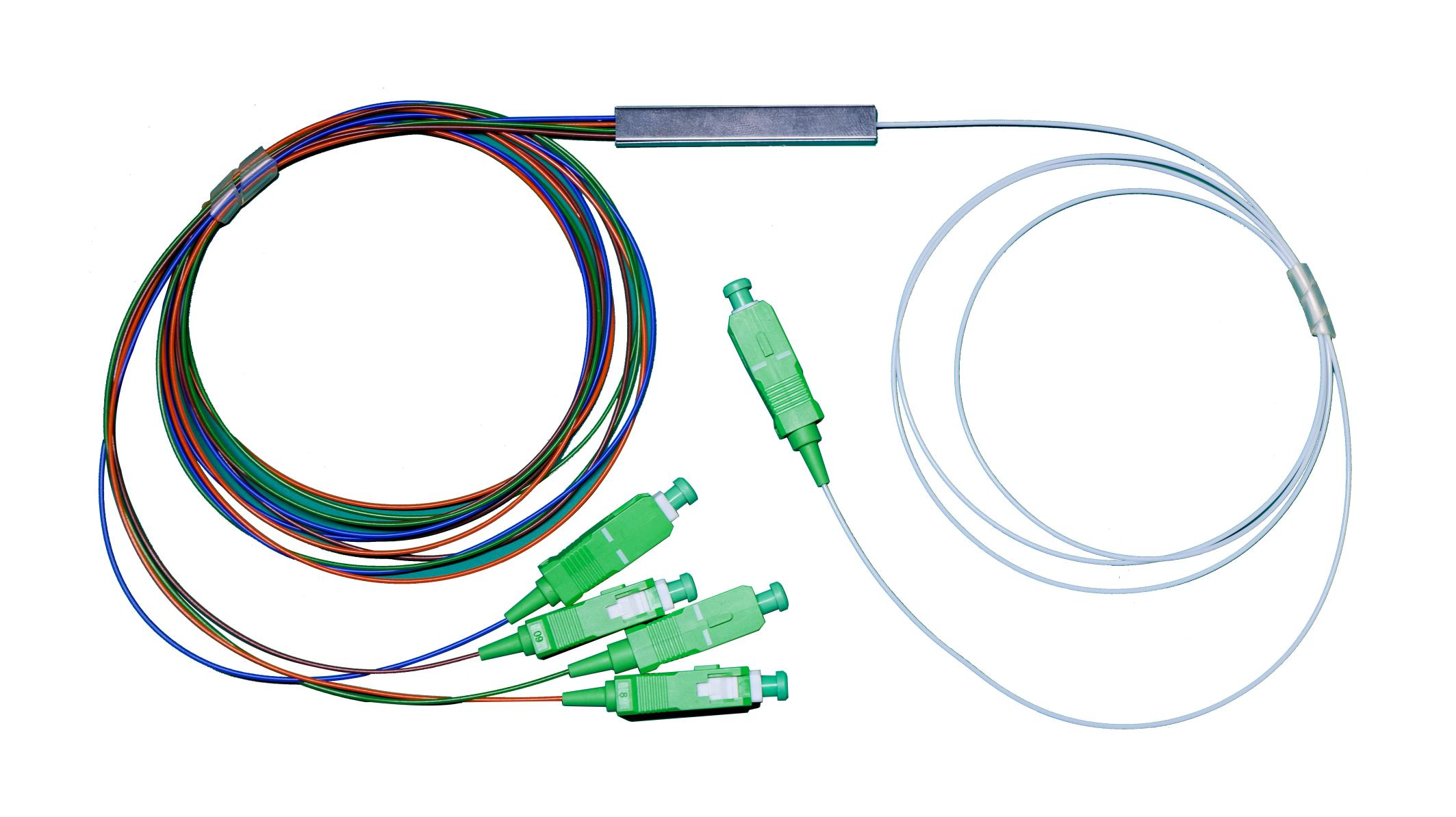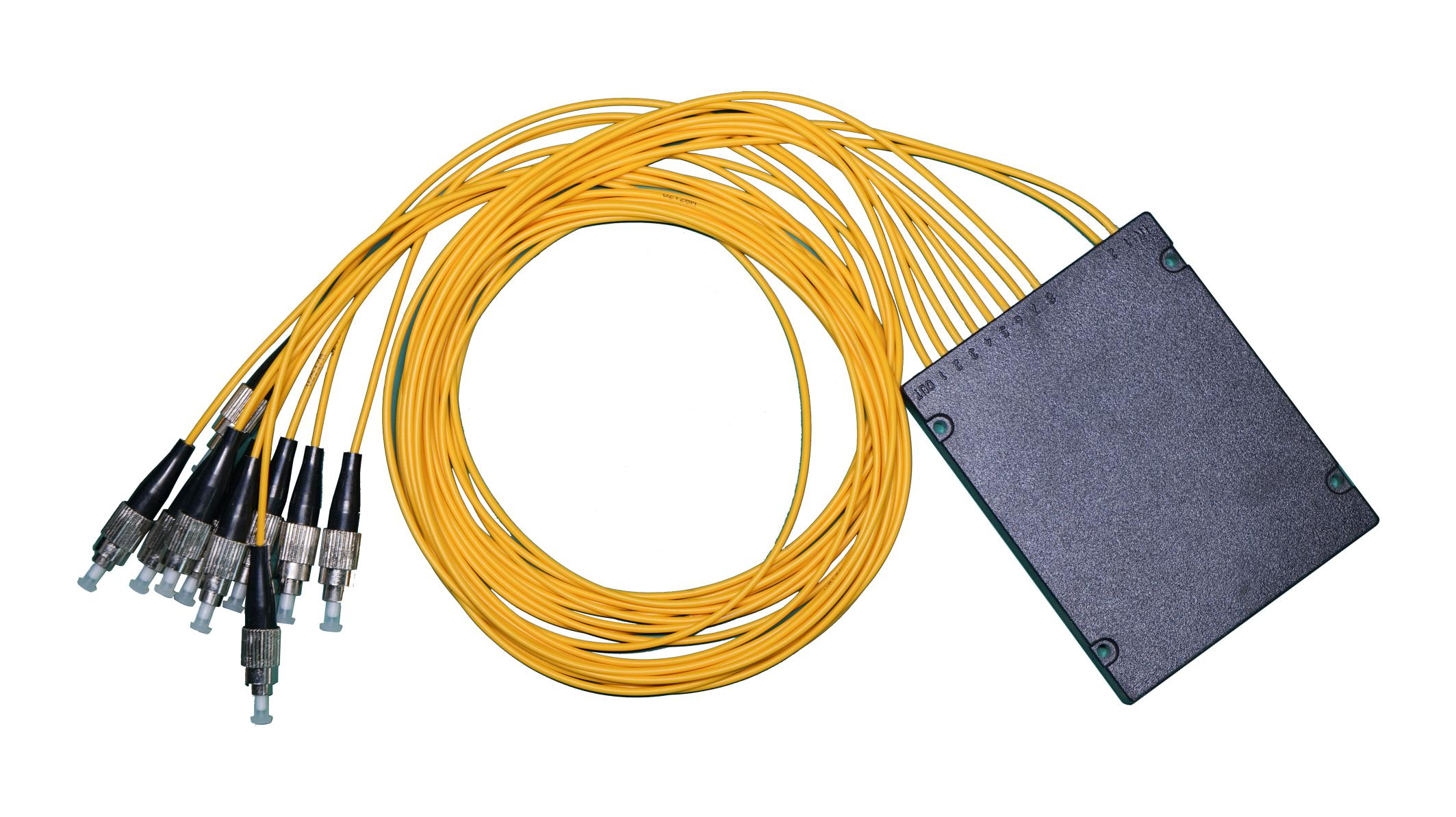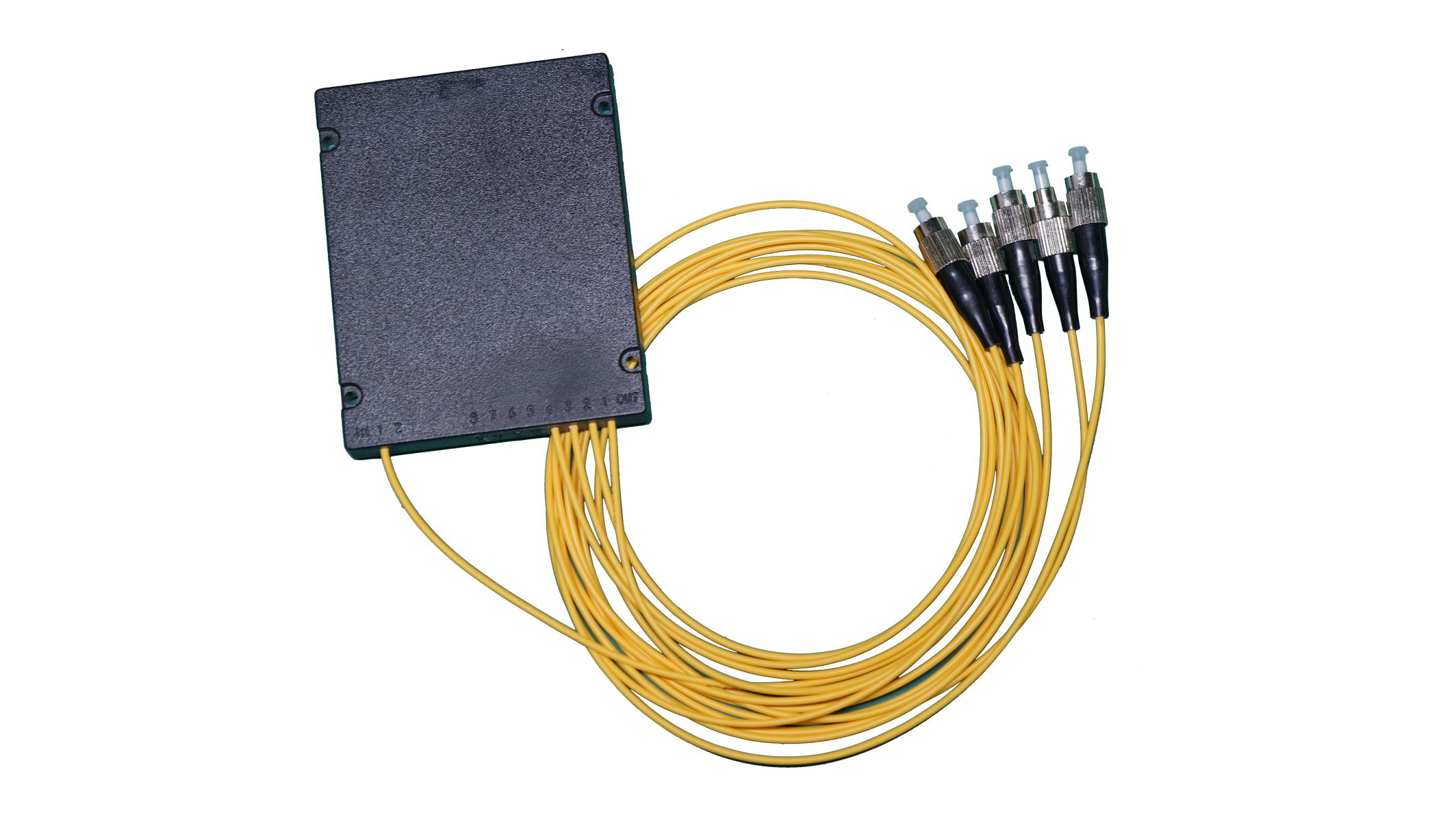Product
More Product
























IDC cabinet, network cabinet
The server cabinet has good technical performance. The structure of the cabinet should be based on the electrical and mechanical performance of the equipment and the requirements of the use environment, and the necessary physical and chemical design should be carried out to ensure that the structure of the cabinet has good rigidity and strength, as well as good electromagnetic isolation, grounding, noise isolation, ventilation and heat dissipation. And other performance. In addition, the server cabinet should have anti-vibration, anti-shock, corrosion-resistant, dust-proof, waterproof, and radiation-proof properties to ensure stable and reliable operation of the equipment. The server cabinet should have good usability and safety protection facilities, easy to operate, install and maintain, and can ensure the safety of the operator.
Server cabinets have requirements for the depth, height, and load-bearing capacity of the cabinet. The height is 2.0 meters, 1.8 meters, and 1.6 meters; the width is 800mm, 700mm or 600mm; the depth is 700mm, 800mm and 900mm.
Can be configured: dedicated fixed tray, dedicated sliding tray, power supply bracket, casters, anchor nails, cable management ring, cable management stand, L bracket, extension beam, etc. The main frame, front and rear doors, and left and right side doors can be quickly disassembled and assembled.
Fixed pallet: It is used to install various equipments with a wide range of sizes and a wide range of uses. There are 19" standard pallets, non-standard fixed pallets, etc. The fixed pallet depth of conventional configuration is 440mm, 480mm, 580mm, 620mm and other specifications. The fixed pallet does not support the load Less than 50KG.
Sliding tray: used to install keyboards and various other equipment, which can be easily pulled out and pushed back; 19" standard sliding tray is suitable for any 19" standard cabinet. The conventional sliding tray has two specifications of 400mm and 480mm in depth. The load-bearing capacity of the sliding pallet is not less than 20KG.
Power distribution unit: optional power socket, suitable for any standard power plug, with 19" mounting frame, flexible installation methods. Specifications: 6 sockets. Parameters: ~220V, 10Amp.
Cable management frame: 19" standard cable management frame. It can be used with any TOPER series cabinet. The 12-hole cable management frame works best with 12-port, 24-port and 48-port patch panels.
Cable management ring: dedicated to the cable management device used in TOPER1800 series and TOPERServer series cabinets. It is very convenient to install and disassemble, and the number and position of use can be adjusted arbitrarily.
L bracket: The L bracket can be used with the cabinet to install the 19" standard equipment in the cabinet, especially the heavier 19" standard equipment, such as rack-mounted servers, etc.
Blind plates: Blind plates are used to cover the empty positions in the 19" standard cabinet, and are available in 1U, 2U... and other specifications. Conventional blind plates are 1U and 2U.
Expansion beam: a device dedicated to TOPER1800 series and TOPERServer series cabinets, used to expand the installation space in the cabinet. Installation and disassembly are very convenient. At the same time, it can also be equipped with reasonable wire racks and power distribution units. Flexible and diverse forms.
Mounting nut (square nut): Applicable to any TOPER series cabinet, used for the installation of all equipment in the cabinet, including most of the accessories of the cabinet.
Feedback
Tel:
Address: Xiaoxuzhuang Industrial Zone, Zhouguantun Town, Qing County, Cangzhou City, Hebei Province
Manager:+86-17331733677(Liu Xinli)
Production manager:+86-18303293456(Li Xing)
Sales Manager:+86-18733003099(Liu Wei)
Email:lwm628@163.com

Official account

Mobile official website
Copyright:Hebei Xingsheng Communication Technology Co., Ltd. 冀ICP备20015768号-1 Powered by 300.cn




